The diverter leash (Moscow rig) is a rather useful tackle in some conditions, which is gradually starting to gain popularity in many fishing circles. It is thanks to its advantages, and in particular – the catching ability, the possibility of slow retrieving practically at one point and in a long cast, that not only experienced anglers, but even beginners, are beginning to be interested in it.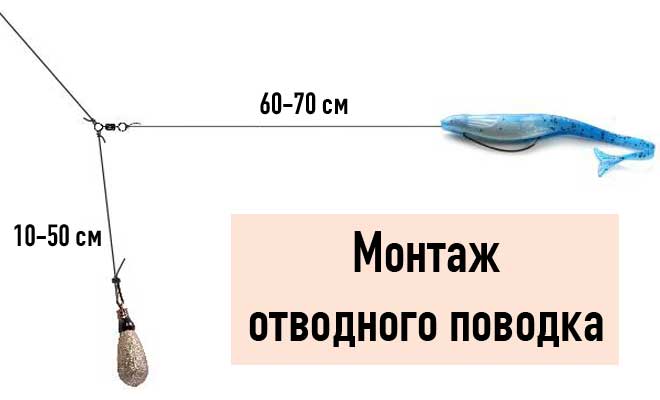
- What is a branch leash: a description of the installation with a photo
- When using Moscow rig, the pros and cons of this installation
- How to mount a branch leash: selection of components and assembly of rigging
- Blind installation
- Sliding mounting
- Where and how to fish on a diverting leash: tactics of fishing for different types of fish
- Catching perch on a lead leash
- Pike fishing on a lead line
- Catching walleye
- Catching chub
- Catching peaceful fish on a diverting leash
- What do you need to not get confused by the diverter leash?
- Поделиться ссылкой:
What is a branch leash: a description of the installation with a photo
The diverter leash (Moscow rig) has been used for a long time, but right now, when the fish is becoming more cunning every year and the approach to fishing requires changes, its relevance is significantly increasing. The main feature of this rig is that the bait itself is attached separately from the main line on a specially extended leash. At the end of the main fishing line, it is customary to tie a load of about 20-30 grams on average, and just 30-40 cm above it, a leash 50-100 cm long is attached to the main line with a loop or swivel (sometimes it is longer, often, when fishing more shy peaceful fish), in turn, the bait itself is attached to the end of the leash, on which the fish will be caught.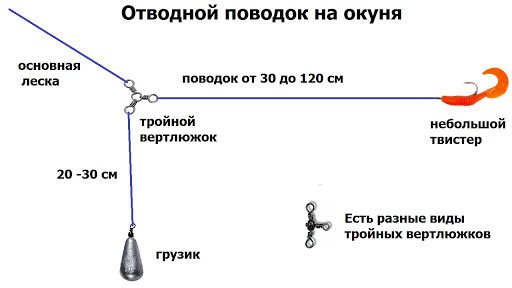
live bait ; when fishing for peaceful fish, it is customary to use worms, flavored baits, for example,
boilies , or, less often, the same edible rubber, which is sometimes not averse to white fish.
When using Moscow rig, the pros and cons of this installation
The diverter lead is primarily used by anglers who want to increase the chances of catching and make the behavior of an artificial fish more believable. First of all, this is done by transferring the entire weight of the rig to the lower load, which allows the upper leash not to be burdened by it and to conduct free natural swimming along the bottom section of the reservoir. Also, this tackle is used by many anglers in order to fish as thoroughly as possible the area near the bottom of the reservoir, which could not have been done with a simple spoon or wobbler without a load delivering the bait to the bottom. Without the use of this rig, it would be quite difficult to stick to the bottom with a light lure or silicone fish, as this requires certain spinning skills, knowledge of the pond and some other related factors.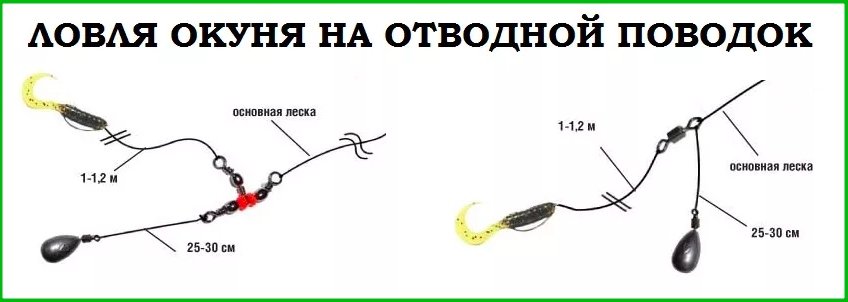
- It has a beneficial effect on fishing, making the behavior of the lure underwater more believable.
- Due to the lower weight, the bait flies quite far and accurately, so the wind when fishing will not be terrible.
- The ability to catch both peaceful and predatory fish, changing the fishing style and bait.
- Allows you to animate the bait at almost one point, even when fishing in the current.
- Cheapness and minimalism in the need for components for the assembly of this tackle.
- Proven catchability of the tackle and its low engagement with proper rig assembly on offset hooks.
Cons of a diverter leash:
- Despite the flight range and the impressive distance of the leash from the main line, the tackle often gets tangled with each other when casting or fishing, forcing the angler to spend time untangling it.
- Rather long rig assembly, requiring a certain skill.
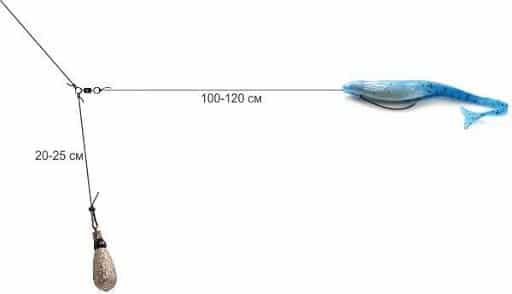
- Inability to fish in the upper and middle layers of the reservoir.
- Inability to use on reservoirs with a muddy bottom, since the load falls into the mud; also when fishing on a pond with a rocky bottom, false bites are possible, confusing the angler.
- It is necessary to be able to fish in the bottom areas and an understanding of the topography of the reservoir in order to avoid the detachment of the leash.
Features of the use of a diverter leash in the fall: https://tytkleva.net/lovlya-xishhnoj-ryby/spinning/strategiya-i-taktika/lovlya-na-otvodnoj-povodok-osenyu.htm
How to mount a branch leash: selection of components and assembly of rigging
At first glance, it may seem that the diverting leash is very difficult to make on your own, and getting everything you need will be problematic. However, this is not the case. If you carefully study all the necessary recommendations, then it will not be so difficult to assemble it. So, let’s begin. There are several types of assembly habits, but we will consider the most basic and common. Accordingly, one of them will be easier to assemble – this is a blind type of installation, and the second is more complicated – this is a sliding installation.
Blind installation
Blind mounting is the attachment of the leash to the main line or to a
carabiner adjacent to it, without any possibility of sliding or movement. The leash will stand still and will not move along the main line. In order to make such an installation, you need to tie a carabiner to the main fishing line, and attach a leash to it. The rest of the main line with a load at the end is also attached to the same carabiner. This type of leash is more often used for fishing peaceful fish, as well as for fishing on bodies of water without a current, and is not so difficult to manufacture.
Sliding mounting
This is a more difficult type of installation for catching both peaceful and predatory fish. The essence of this installation is to “walk” the leash with the bait. In order to make it, you need to install a stopper before attaching the carbine to the main fishing line, then the leash itself on a swivel with a bait, and only then a carbine, to which the rest of the fishing line with a load will then be attached. Thanks to this assembly, the leash will not be able to slide with a swivel between the stopper and the carabiner.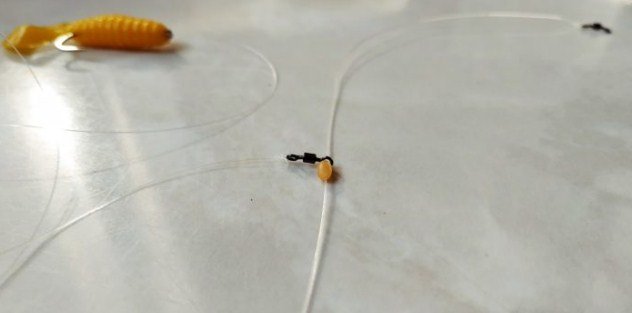
Where and how to fish on a diverting leash: tactics of fishing for different types of fish
Features of the use of Moscow rig varies depending on the object of fishing
Catching perch on a lead leash
Perch is by far the number 1 catch when fishing with a drop line. Initially, this tackle assumed the ability to fish perch at the bottom on his favorite flavored, salty silicones, but only later it turned out that other bottom fish, such as pike perch, bersh and pike, peck quite well on the lead lead.
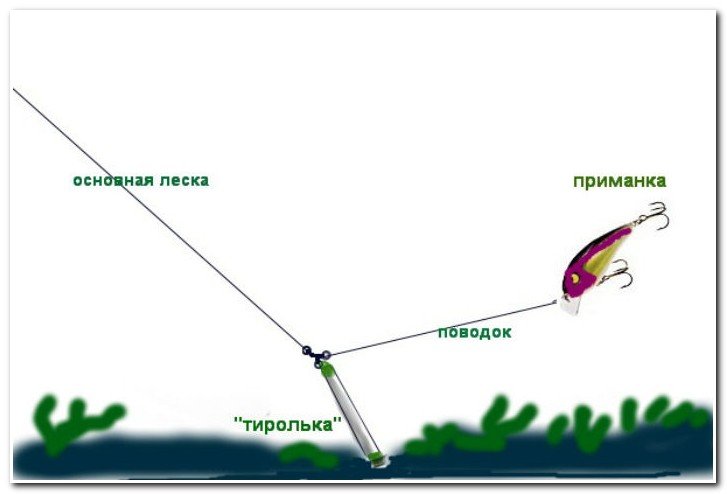
Pike fishing on a lead line
With pike fishing on a lead leash, everything is much more complicated. This fish travels in different layers of water and you can never guess which one it is in. However, she can be attracted by the sound and the cloudy cloud that rises from the rigging along the bottom. Pike prefers medium-sized lures. She can take both a jig with a large silicone fish, a twister, and a wobbler of neutral buoyancy, which is able to show itself well and hold on during wiring in the water column. Aggressive rubber colors are predominantly chosen: orange, bright blue and purple, but the greenish twistor also shows its advantages well. For pike fishing, it is better not just to drag the bait along the bottom, but to make aggressive jerks with pauses, attracting the attention of the predator. It is also recommended to install a thin metal leash, because the teeth of the pike are sharp. https://tytkleva.net/lovlya-xishhnoj-ryby/spinning/strategiya-i-taktika/lovlya-shhuki-na-otvodnoj-povodok.htm
Catching walleye
Fishing for pike perch on a lead line is very similar to fishing for pike. Both predators love aggressive bait play, and both are capable of grabbing large prey. Do not be afraid to scare off these large predators with large baits, since during the zhora they can attack fish half their size. To catch zander, you need bright colors of baits.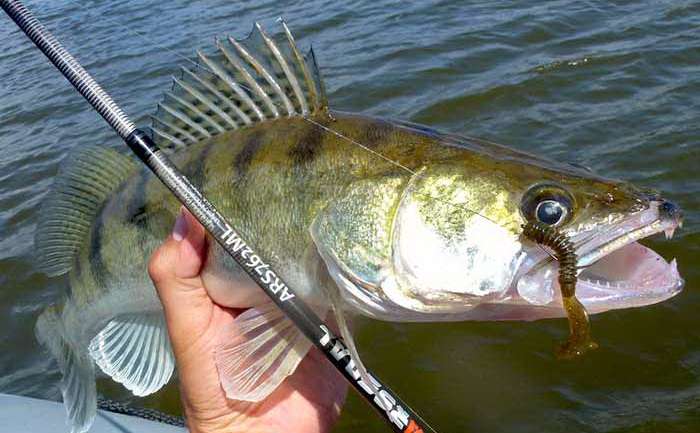
Catching chub
The chub is a very cautious fish that is not as aggressively capable of attacking the bait as the same pike or pike perch. For this fish, it is much more important to make sure that it is safe than to grab everything. That is why it is important to choose the bait for catching chub. It is recommended to take not very bright colors of baits. Small to medium-sized brown or blue twisters are perfect, as the chub rarely exceeds 1-1.5 kg.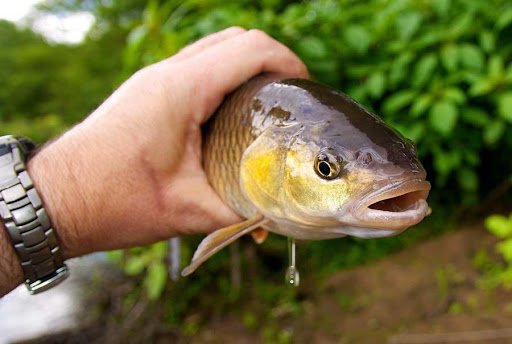
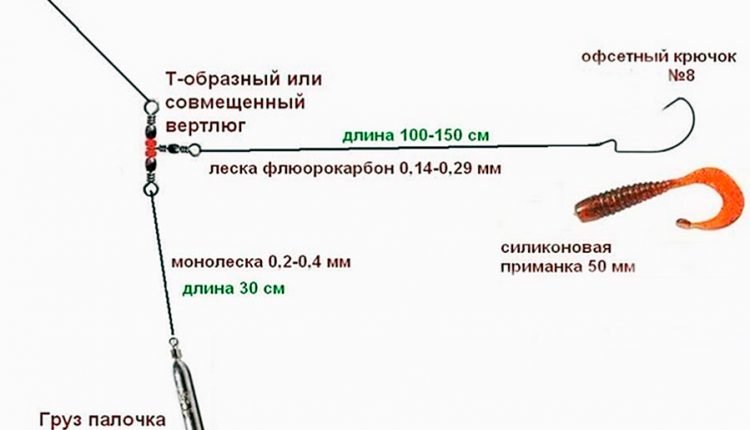
Catching peaceful fish on a diverting leash
Although the tackle was invented, in particular, for catching a predator, this does not interfere with successfully catching peaceful species of fish with it. The main prey of many fishermen is just underwear (bream, bream, ide, roach, rudd and a little less often carp, carp, crucian carp). Some anglers deviate from the usual method of fishing a little and instead of rubber, they put animal baits on the hook, vegetable, impregnated with flavoring and edible rubber. Slowly dragging the bait along the bottom, they raise dregs, which attract flocks of bream or single crucians, which in a cloud of dregs take the bait without disassembling. This fishing method proved to be excellent. With the proper ability to lead the bait and with a good fishing spot, there is a good deal of the likelihood of picking up a carp or carp feeding at the bottom.
What do you need to not get confused by the diverter leash?
In order for the diverter leash not to get confused, you need to adhere to several rules:
- It is necessary to correctly assemble the tooling and not neglect the necessary assembly conditions. You also need to make the correct knots, and trim the tails left after the tie.
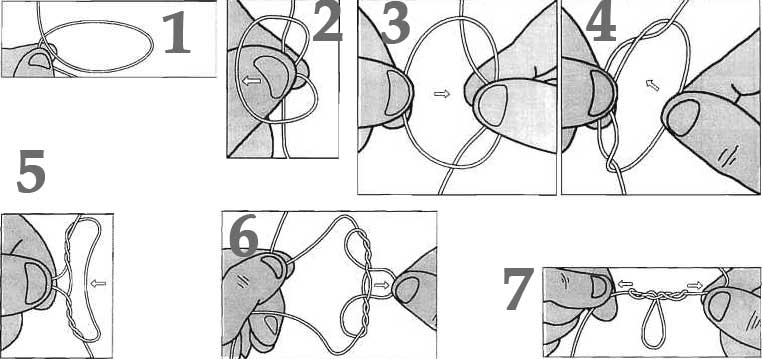
- It is necessary to make a leash with a bait much longer than a leash with a load.
- Use braided thread for the main line, or at least for the leads. It is much less susceptible to deformation and will not let you down at the right time when hooking large fish.
Here are some valuable tips to help you learn and use this rig better.
- Take with you several different types of bait, because rubber fish can always be easily changed, putting another one to the taste of the fish.
- Experiment with wiring styles. You can try both aggressive play and measured pulling of the bait along the bottom. Fish taste changes frequently.
- Do not pull the bait against the current. This will cause the game to malfunction. The fish will be pulled by you, but at the same time, it will be pushed forward by the current.
- Use drops as well as pear-shaped weights. They have a shape that can rarely catch on, and pear-shaped weights fly quite far.
- Don’t forget about leashes. Pike perch and pike have very sharp teeth regardless of their size. Large individuals, having damaged the line, can quickly make an effort that will tear it off, and the coveted trophy will break off.
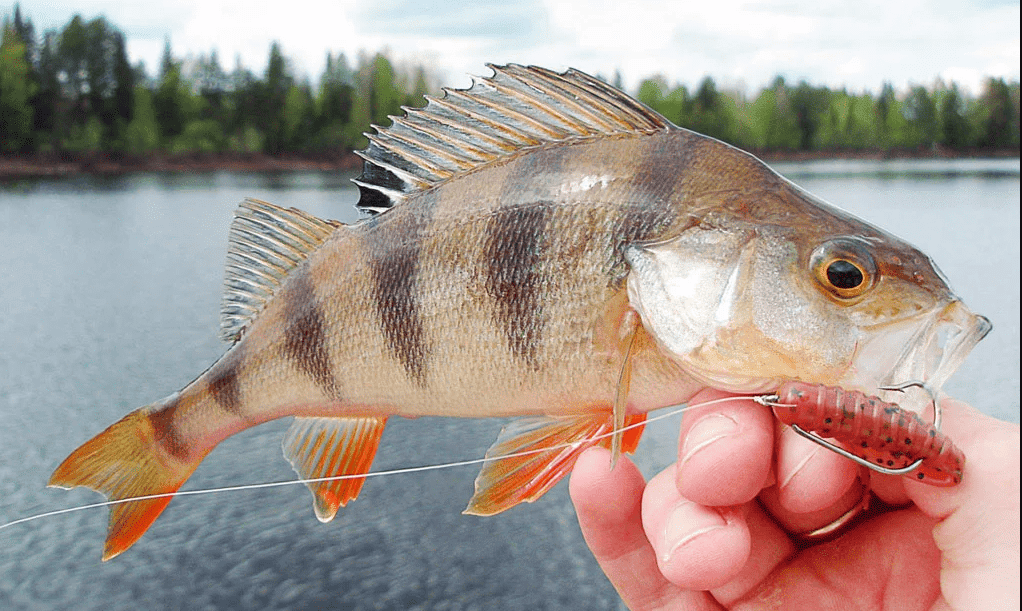
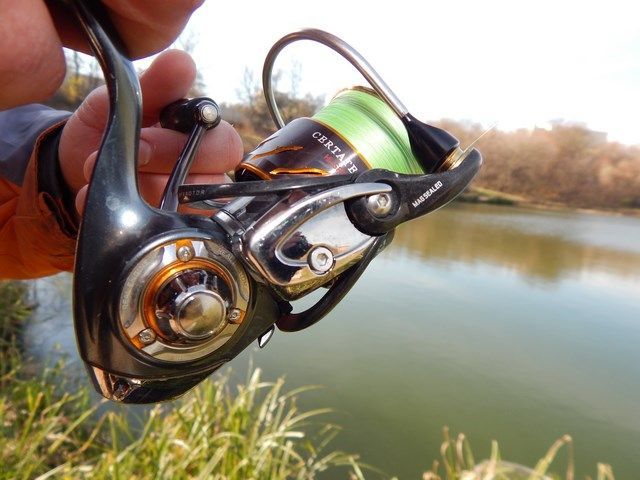


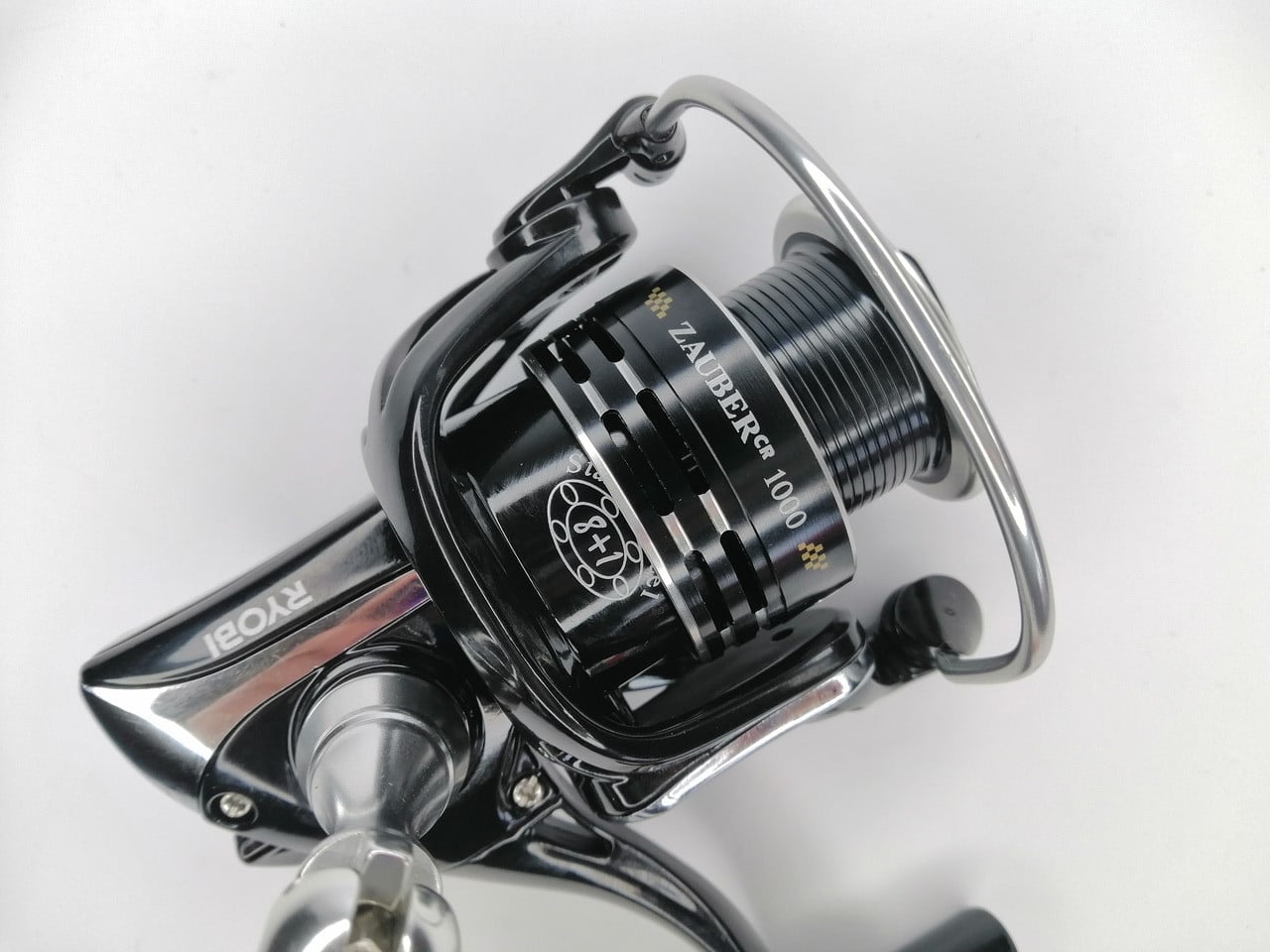
Много неточностей. Звоните, расскажу как готовить отводной
+79210093646 ❗